First Aid for Severe Bleeding
The average person has around 8 – 10 pints of blood in their body. Our blood is vital to life. It carries Oxygen to all the cells in our body and removes waste products such as Carbon Dioxide (CO2).
Blood is carried around the body in three main types of blood vessel:
Arteries: Carry blood under high pressure away from the heart
Veins: Carry blood under low pressure back to the heart
Capillaries: Carry blood to the individual cells and tissues, these are very small and have very low pressures.
Damaging an artery (and even a vein) can lead to severe blood loss if the bleeding is not controlled quickly.
A severe bleed is an emergency situation requiring prompt first aid action in order to stop the life threatening bleeding whilst awaiting the arrival of emergency medical help.
Treatment for Severe Bleeding
You can use the first aid mnemonic/acronym PEEP to remember how to approach a victim with a severe bleed.
Position: Ask the victim to sit on the floor if possible.
Expose & examine: Quickly find and examine the wound(s) for any embedded objects.
Elevation: If the injury is to a limb, elevate above the level of the heart.
Pressure: Ask the casualty to apply firm direct pressure over the wound using gloved hands or a dressing/towel (if the casualty is unable to do this, you will have to do it for them).
If possible, you should avoid coming into direct contact with another person’s blood. Several infections can be carried in blood, and whilst the risk may be minimal you should always take precautions not to come into contact with a bleeding wound, especially during catastrophic bleeding. This could involve wearing disposable gloves, or using clothing/hand towels/plastic bags to create a barrier between your hands and the wound.
Once you have controlled the performed the emergency steps above, call for an ambulance.
Remember, the emphasis should be on applying and maintaining direct pressure over the wound as this will help stop life threatening bleeding.
If there is an object in the wound (such as a piece of glass), then you should not remove it. Removing the object may cause internal damage and further blood loss. Instead, you should apply firm direct pressure around the wound, taking care not to move the object.
If a first aid kit is available apply a sterile emergency bandage. If blood seeps through apply a second bandage over the top. If this occurs once more, remove both bandages and start again with a clean one. Continue to keep pressure applied and the wound elevated if a limb.
Keep any dressings/cloths/towels that become soaked in blood. These will be helpful for the emergency services to ascertain how much blood has been lost.
How much blood can someone lose?
Our body can cope with a small amount of blood loss (normally around a pint), this is why giving blood is perfectly safe.
What happens if someone loses too much blood?
If someone loses too much blood, they will go into a condition known as shock. This happens when your body’s cells & tissues become deprived of oxygen as there is less blood available to them. If someone is going into shock, they may show some of the following signs & symptoms:
- Pale, cold clammy skin
- Dizziness and confusion
- Weak fast pulse
- Rapid breathing
- Thirst
- Nausea and vomiting
- Reduced level of alertness/sleepy
You should suspect shock in any victim who has lost a significant amount of blood.
The treatment for shock is to lie the person down, with their legs raised. This will increase blood flow to the vital organs (heart, lungs, brain etc.).
Don’t give the person anything to eat or drink as this may cause them to be sick. If they go unconscious, you should check that they are still breathing and roll them onto their side into the recovery position in order to protect their airway.
Did you find this post interesting? Why not sign up to one of our FREE online first aid courses!

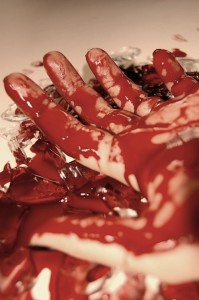
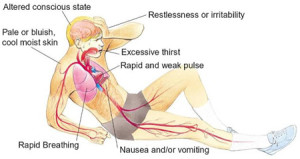
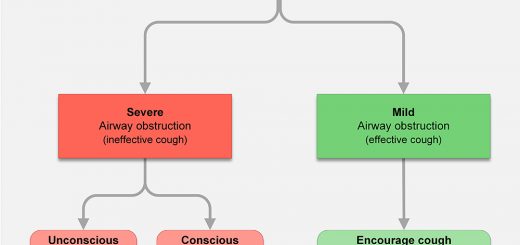
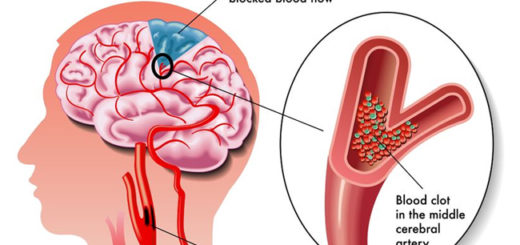
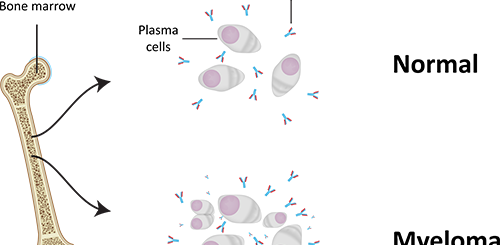


its a good effort to teach about fir
t aid
i learn enough from your this effort
Very useful. Thanks very much. M.